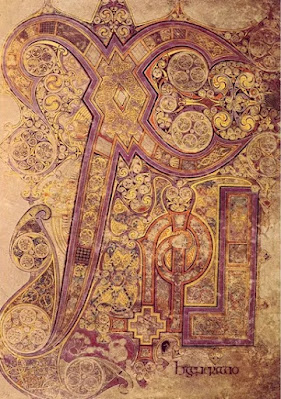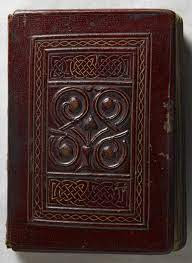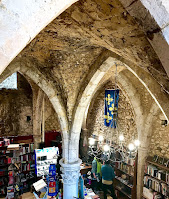Held in 787, this Council reversed Emperor Leo III's decree decades earlier that religious images were forbidden. The Council decided that religious images were not only allowed, but the reverence and prayers aimed at them actually transferred to the saint or member of the Trinity which they represented. In fact, every altar should have in it a saint's relic.
Charlemagne, a devout Christian, had a different approach to the subject of religious icons, and decided it should be made known. In the 790s (prior to him being named Holy Roman Emperor in 800), he ordered an elaborate statement on the subject.
The opening statement is rather strong:
In the name of our Lord and Savior Jesus Christ beginneth the work of the most illustrious and glorious man Charles, by the will of God, king of the Franks, Gauls, Germany, Italy, neighboring provinces, with the assistance of the king, against the Synod which in Greek parts firmly and proudly decreed in favour of adoring images recklessly and arrogantly, ...
The argument was a compromise between Leo III's strict iconoclasm and the Council's "reckless and arrogant" acceptance of honoring images. Charlemagne believed in religious images, but not treating them as anything more than images: do not burn incense before them, or votive candles. Do not pray to them, but to the figure they represent.
Was this document necessary? What was Charles' reason for arguing against the Council? The iconoclasm debate was considered a Byzantine issue; Nicaea was deep into the "Greek parts," as far from Gaul as one could get. It is possible that Charlemagne was partially motivated by the desire to oppose what he considered decisions coming out of the Eastern Empire, since it had offended him over the rejection of his daughter's marriage to its emperor and its decision to support his rival in Lombardy.
Charles did not have this statement sent to the pope after all; it is assumed that he decided not to antagonize the Church by arguing that Nicaea was wrong in its conclusions. The document did not disappear, however, and was found and published centuries later, in 1549. Calvin and the Protestant reformation found in it support for their beliefs. Christian churches these days almost all contain some images.
So who was the author? To whom did Charlemagne turn for this important work? Some assume Alcuin had a hand in it, but there is a better candidate. Some of the Latin language matches the style of Bishop Theodulf of Orleans, one of Charlemagne's "puzzle masters." Clearly, he was good at more than acrostics, and we'll talk about him next time.




























